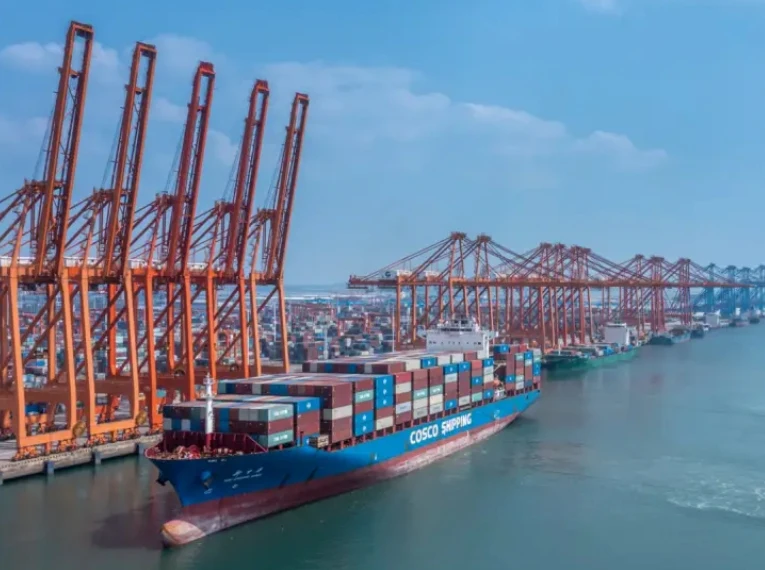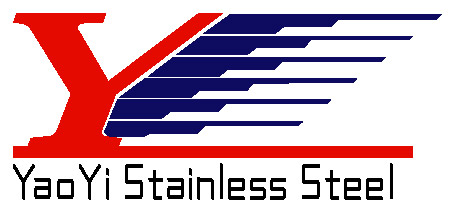No. 429, Yangguang Road, Yinzhou District, Ningbo, Zhejiang, China P.C.: 315175
No. 429, Yangguang Road, Yinzhou District, Ningbo, Zhejiang, China P.C.: 315175

Ensuring the safe and efficient transportation of stainless steel coils via ocean freight necessitates meticulous packaging. Proper packaging safeguards the coils against environmental factors, mechanical damage, and corrosion during transit. This comprehensive guide explores the essential requirements for packaging stainless steel coils for ocean transportation, highlighting best practices, common pitfalls, and the advantages of Yaoyi’s products and packaging solutions.
Stainless steel coils are versatile materials widely used across various industries, including automotive, construction, and food processing. Their durability and resistance to corrosion make them ideal for applications requiring longevity and strength. The coils are typically produced in large rolls and can vary in thickness, width, and grade, depending on their intended use.
Selecting appropriate packaging materials is crucial to protect stainless steel coils during ocean transportation. Commonly used materials include:
Corrosion-Resistant Films: These films provide a protective barrier against moisture and corrosive elements. They are often used as the innermost layer to shield the coils from environmental factors.
Wooden Crates and Pallets: Used for structural support and to facilitate handling. Wooden packaging materials should be treated to prevent pest infestation and comply with international shipping standards.
Desiccants: Absorb moisture within the packaging to prevent rust formation. Including desiccants helps maintain the integrity of the coils by controlling humidity levels inside the packaging.
Cleaning: Removing any contaminants from the coil surface. This step is essential to prevent corrosion and ensure the coils are ready for further processing or use.
Wrapping: Applying corrosion-resistant films around the coils. The wrapping should be done tightly to prevent moisture ingress and physical damage.
Securing: Placing the wrapped coils onto pallets or in crates and securing them to prevent movement. Proper securing ensures that the coils remain stable during transit, reducing the risk of damage.
Labeling: Clearly marking the packages with handling instructions and destination information. Accurate labeling facilitates proper handling and ensures the coils reach their intended destination without issues.
Proper loading and securing are vital to prevent damage during transit. Techniques include:
Dunnage: Materials like wood or foam used to fill voids and prevent movement. Dunnage helps distribute the weight evenly and prevents the coils from shifting during transportation.
Strapping: Securing coils to pallets or crates to prevent shifting. Strapping should be done using materials that can withstand the rigors of ocean transport and prevent the coils from moving.
Bracing: Using braces to stabilize the coils within the shipping container. Bracing ensures that the coils remain stationary, reducing the risk of damage from movement.
Adhering to international packaging standards is essential. Organizations such as the International Maritime Organization (IMO) and the International Organization for Standardization (ISO) provide guidelines to ensure the safe transport of goods. Compliance with these standards helps prevent damage during transit and ensures that the packaging meets the requirements of various countries and shipping lines.
Yaoyi offers a range of stainless steel coils, including 200 and 300 series, known for their corrosion resistance and durability. Their packaging solutions are designed to meet international standards, ensuring the safe and efficient transportation of stainless steel coils. Yaoyi’s commitment to quality and innovation makes them a reliable partner for businesses seeking high-quality stainless steel products and packaging solutions. Yaoyi Stainless Steel
To ensure optimal packaging and shipping:
Regular Inspections: Conduct thorough inspections before and after transit. Regular inspections help identify potential issues early, allowing for timely interventions.
Proper Documentation: Maintain accurate records of packaging materials and methods. Proper documentation ensures traceability and accountability throughout the shipping process.
Avoid Overloading: Ensure that packaging does not exceed weight limits. Overloading can lead to structural failures and damage to the coils.
Proper packaging of stainless steel coils is crucial for their safe and efficient ocean transportation. By adhering to established standards and utilizing quality materials, businesses can prevent damage and ensure product integrity. For reliable stainless steel coils and expert packaging solutions, consider partnering with Yaoyi. Contact us today to learn more about our products and services. Contact us today to learn more about our products and services.
Fill out the form below and we will contact you as soon as possible!

Together & Make the world more durable.
© All Rights Reserved.